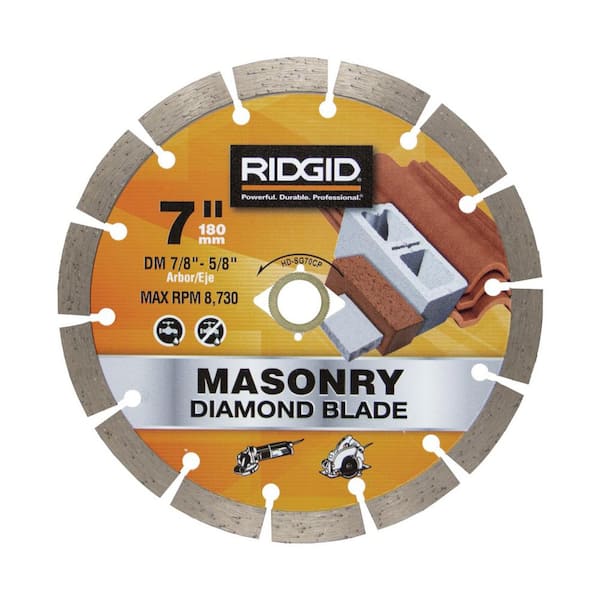
$33.97

Pay $8.97 after $25 OFF your total qualifying purchase upon opening a new card. 
Apply for a Home Depot Consumer Card- Great for cutting pavers, bricks, blocks, concrete and stone
- Fits 7 in. circular saws and grinders
- Ideal for professional hardscapers and masons
- View More Details
Free & Easy Returns In Store or Online
Return this item within 90 days of purchase.























